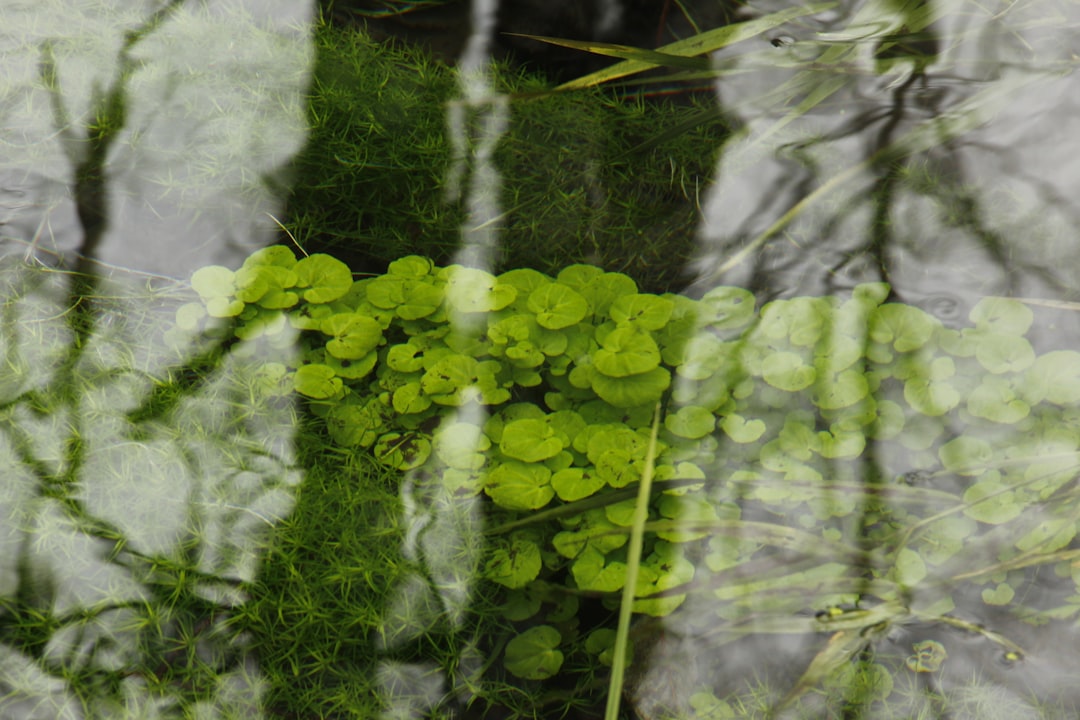Crafting a Bug Haven in Your Garden

For nature lovers and gardening enthusiasts, creating a garden that not only looks beautiful but also serves as a haven for native wildlife is a rewarding endeavor. One often - overlooked aspect of garden design is providing shelter for beneficial insects during the cold winter months. In this article, we will explore how you can use yard waste to make a bug snug, which will offer vital winter shelter for native bees, butterflies, and other helpful insects.
First, let's understand why these insects are so important. Native bees are excellent pollinators. They play a crucial role in the reproduction of many plants, including those in your garden. Butterflies, with their colorful presence, also contribute to pollination and add aesthetic value to the garden. Other beneficial insects, such as ladybugs and lacewings, help control pests by preying on aphids and other harmful bugs. By providing them with winter shelter, we can ensure their survival and continue to enjoy their benefits in the coming seasons.
Now, let's look at the materials you'll need. Yard waste is a great resource. You can collect dry leaves, twigs, branches, and even old flower stalks. These materials are readily available in most gardens during the fall. Dry leaves are especially useful as they can provide insulation for the insects. Twigs and branches can be used to create the structure of the bug snug.
To start building your bug snug, choose a suitable location in your garden. It should be a dry and sheltered spot, away from strong winds and heavy rain. A corner near a wall or a fence can be an ideal location. Begin by laying a base of dry leaves on the ground. This layer will act as a soft and warm bed for the insects.
Next, start arranging the twigs and branches. You can create a simple pyramid - like structure by leaning the branches against each other. Make sure there are small gaps and crevices between the branches. These spaces will serve as hiding places for the insects. As you build the structure, you can also add layers of dry leaves in between the branches to provide more insulation.
Old flower stalks can be inserted into the structure. Hollow - stemmed plants, such as bamboo or some types of grasses, are particularly good as they offer ready - made tunnels for the insects to crawl into. You can also add some small pieces of bark or wood chips around the base of the structure to create more hiding spots.
Once your bug snug is built, you can add a final layer of dry leaves on top. This will help keep the interior warm and protected from the elements. It's important to note that you should avoid using any chemicals or pesticides near the bug snug. These substances can be harmful to the insects and defeat the purpose of creating a safe haven for them.
As winter approaches, you'll start to notice that the bug snug will attract various insects. Native bees may use the tunnels in the hollow stems to hibernate. Butterflies might find shelter under the layers of leaves. Other beneficial insects will also seek refuge in the small crevices and gaps.
Maintaining the bug snug is relatively easy. In the spring, after the cold weather has passed, you can gently remove some of the outer layers of leaves to allow the insects to emerge. You can then leave the structure in place, as it may continue to be used by insects during the warmer months for nesting and shelter. You can also add new yard waste to the structure throughout the year to keep it in good condition.
In conclusion, using yard waste to create a bug snug is a simple yet effective way to enhance your garden design. It not only provides a valuable service to native insects but also adds an interesting and natural element to your garden. So, the next time you're cleaning up your yard in the fall, think twice before throwing away those dry leaves and twigs. Instead, put them to good use and create a cozy home for the bugs in your garden.